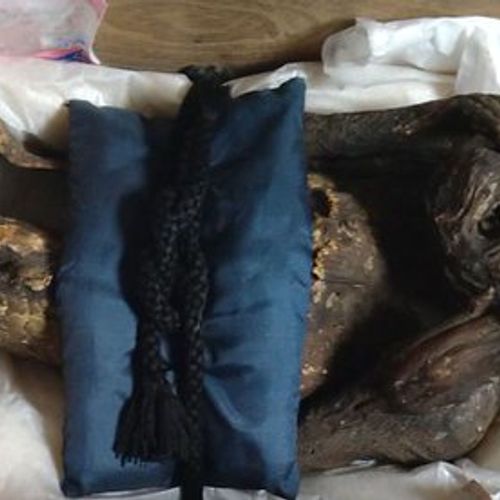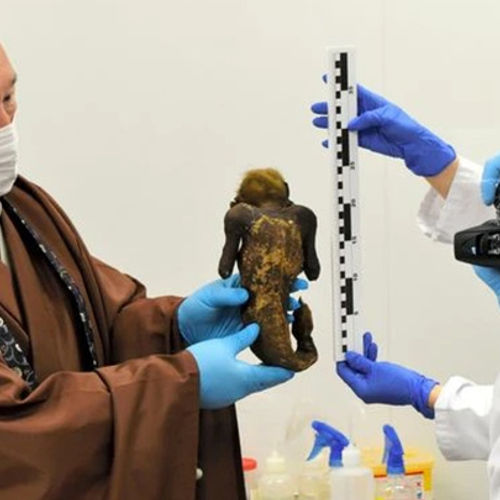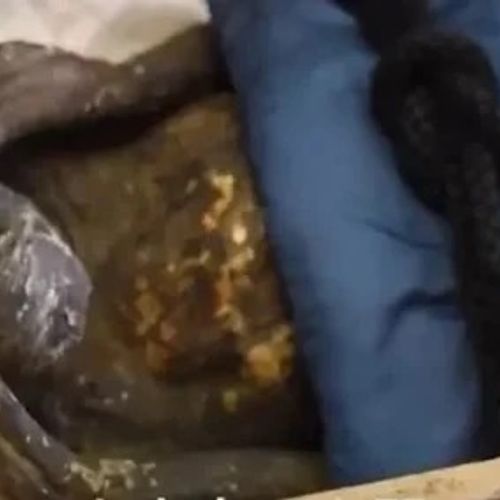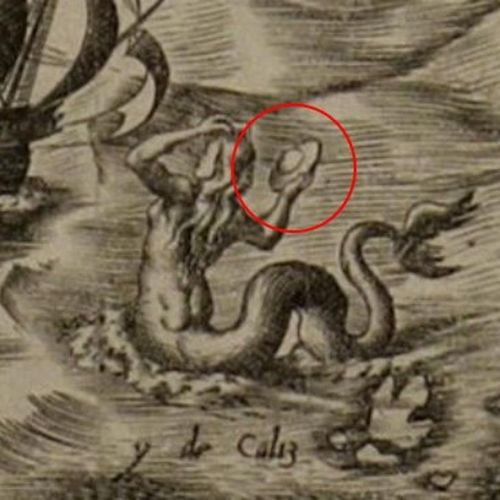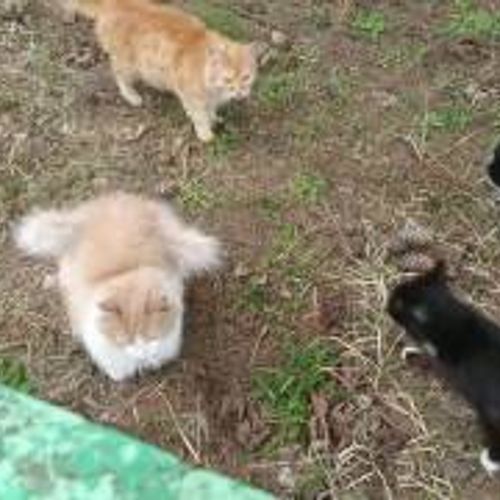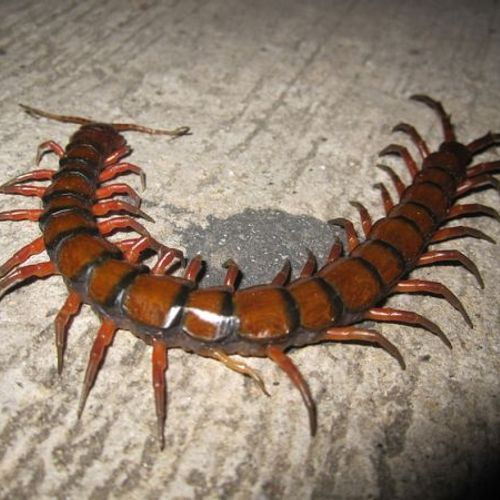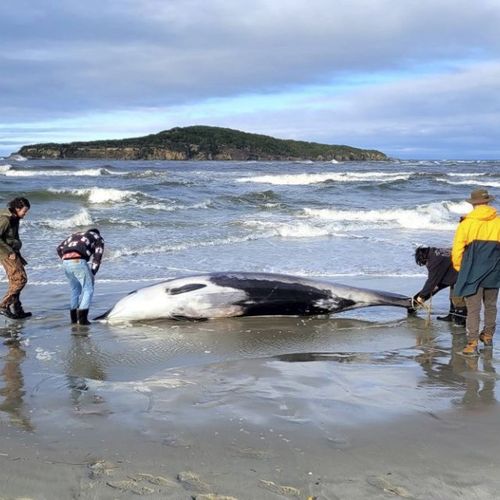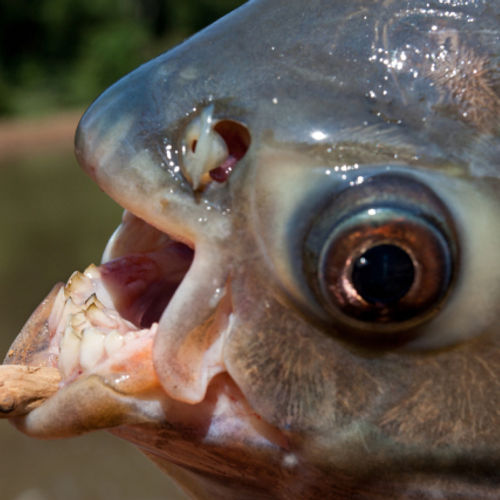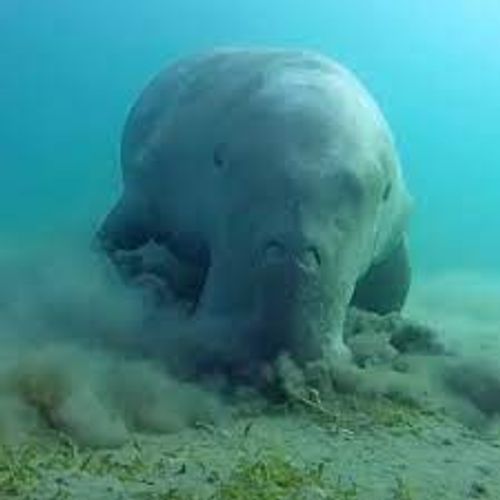
| Added | Sun, 20/06/2021 |
| Источники | |
| Дата публикации | Sat, 19/06/2021
|
| Феномены | |
| Версии |
Dugongs are members of the dugong family, large aquatic mammals from the order sirens. At the moment, dugongs are the only surviving representatives of their family. The name "dugong" means "sea maiden" or "mermaid"in Malay. It was for them, for mermaids who accidentally fell into the nets of sailors, that dugongs were issued in Medieval Japan. On the island of Fiji, there were special aquariums in which the public could see the mythical "sea maidens".
The body length of the dugong is about 4 meters, and the weight can reach 600 kg. However, despite the impressive size, dugongs are considered the smallest representatives of their family. The ancestors of the" sea cows " may have been on land for some time. Modern representatives of the genus have lost this ability.
Dugongs are slow, cautious, and unhurried creatures. They're not very good swimmers. Most of the time they "graze" at the sea floor, where they pinch the bottom vegetation and tear the sand in search of juicy roots. They are helped in this by a calloused tongue and strong tusks, reaching 7 cm in length.
At the moment, dugongs are listed in the Red Book. Since the mid-20th century, in Northern Australia alone, the most favorable habitat for "sea cows", their number has decreased from 72,000 to a disastrous 4,000.
Новости со схожими феноменами
Новости со схожими версиями
Log in or register to post comments

